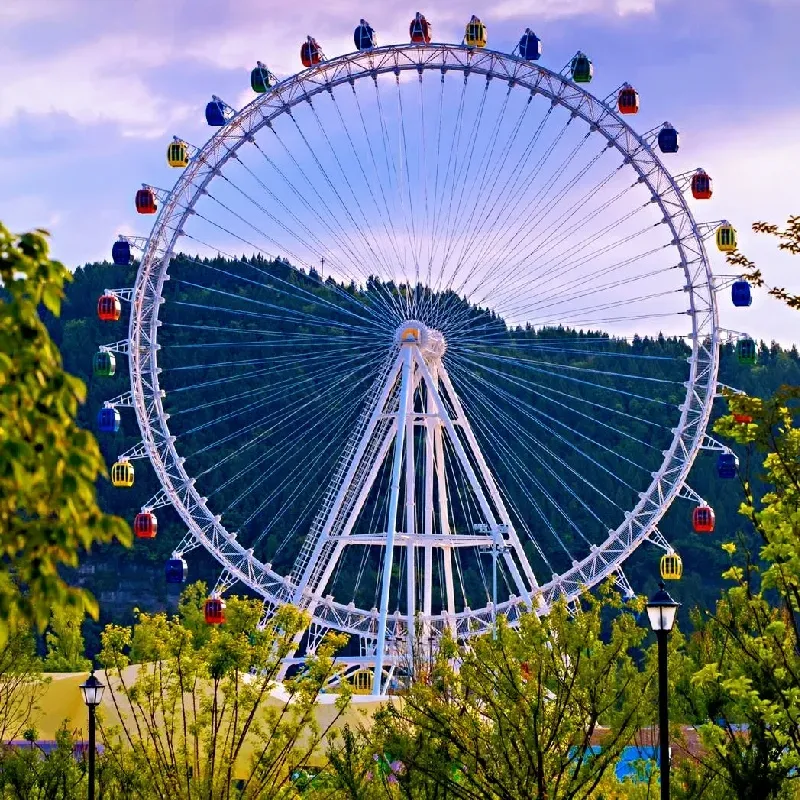- Albanian
- Arabic
- Belarusian
- Bengali
- Czech
- English
- French
- German
- Hebrew
- Hungarian
- Indonesian
- irish
- Italian
- Japanese
- kazakh
- Persian
- Russian
- Thai
- Uzbek
- Vietnamese
Exciting Adventures Await on the Thrilling Road Coaster Journey
The Thrill of Roller Coasters A Journey Through Speed and G-Forces
Roller coasters have long captivated the hearts of thrill-seekers and amusement park enthusiasts alike. These towering giants of steel and wood offer an exhilarating fusion of speed, twists, and turns that can send riders hurtling through the air, heart-pounding and adrenaline pumping. From their inception in the 18th century to today’s cutting-edge designs, roller coasters represent not just a ride, but a journey into the realm of human creativity and engineering prowess.
The Thrill of Roller Coasters A Journey Through Speed and G-Forces
As technology advanced, the possibilities for roller coaster design expanded significantly. Today’s coasters range from traditional wooden structures, which offer a classic, nostalgic ride experience, to modern steel coasters, renowned for their smoothness and the ability to execute complex maneuvers. Take, for instance, the Steel Vengeance at Cedar Point in Ohio. It combines elements of both wood and steel to deliver a ride that pushes boundaries and expectations, featuring steep drops and numerous airtime hills, allowing riders to experience a sensation that feels like flight.
road coaster

One of the most fascinating aspects of roller coasters is the science behind the thrill. When riders strap themselves in and ascend the initial height of a coaster, they experience an increase in potential energy. As the train plummets down the first drop, gravity converts this potential energy into kinetic energy, resulting in exhilarating speeds. G-forces, or gravitational forces, exert pressure on the body, heightening the experience. With certain elements designed to manipulate these forces, riders feel a range of sensations—from weightlessness during free falls to the stomach-churning pressure experienced during sharp turns.
The psychological thrill of roller coasters cannot be overlooked. For many, the prospect of speed and heights produces a rush that is addictive. The anticipation builds as the train clicks upward, and the inevitable drop ignites an innate fight-or-flight response. This blend of fear and exhilaration creates an adrenaline rush that can lead to feelings of euphoria once the ride is complete. It’s a paradox the more fear one experiences, the greater the pleasure felt afterward, which is why many park-goers return for more.
Roller coasters are also a canvas for themed environments, immersing riders in unique experiences that enhance the thrill. Attractions like “The Wizarding World of Harry Potter” at Universal Studios bring themes to life, where the coaster becomes a storytelling vehicle, merging narrative with the adrenaline of high-speed thrills. This fusion of entertainment and engineering captures a wide audience, from families to hardcore enthusiasts.
In the end, roller coasters symbolize humanity’s quest for excitement and adventure. Each twist, turn, and drop is a testament to our creativity, engineering innovation, and desire for exhilaration. They allow us to face our fears and emerge triumphant, a thrilling microcosm of life itself. Whether you are a seasoned coaster fanatic or a curious newcomer, there’s no denying the magnetic draw of these gravity-defying marvels. So the next time you hear the clanking of a chain lift and feel the anticipation of a drop, remember that you are about to embark on a finely-tuned roller coaster journey, blending fear, joy, and an unparalleled rush of adrenaline.
-
Flume Ride-Hebei Zhipao Amusement Equipment Manufacturing Co., Ltd.|Thrilling Water Attraction&Customizable DesignJul.30,2025
-
Flume Ride - Hebei Zhipao Amusement Equipment | Water Coaster, Thrilling DescentJul.30,2025
-
Flume Ride - Hebei Zhipao | Thrilling Water AttractionJul.30,2025
-
Flume Ride: Thrilling Water Attraction by Hebei Zhipao|Log Flume Manufacturers&Flume Ride DesignJul.30,2025
-
Flume Ride-Hebei Zhipao Amusement Equipment Manufacturing Co., Ltd.|Thrilling Water Coaster, Safe DesignJul.30,2025
-
Flume Ride-Hebei Zhipao Amusement Equipment Manufacturing Co., Ltd.|Thrilling Water Attraction, Safe DesignJul.30,2025
